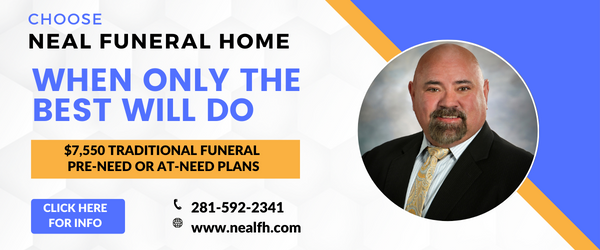Bluebonnet News is pleased to have partnered with columnist Mike Cox to publish “Texas Tales,” a collection of articles that focus on little-known aspects of Texas history. In Cox’s words, “Old-time Texas Rangers used to say some men just need killing. Some stories just need telling, and that’s what Cox likes to do.” These delightful columns will be published on Bluebonnet News each week. Enjoy!
Many a man, from preacher to pistol-packer, had a hand in taming the Wild West. Bob Russell’s modest role in that epic pacification was to bring about a certain civic improvement for the then-booming Panhandle cow town of Tascosa.
Nearly a half-century later, in the spring of 1929, 71-year-old James H. Harshman took time from his strawberry picking in Florida to answer a letter from Neil Clark. Clark had been interviewing him by mail about his Old West experiences and later used the correspondence as the basis for a book, “Campfire Tales.”
Harshman wrote Clark that he’d been in Tascosa in March 1880 when Russell made his contribution to the betterment of the community. Then a young man, Harshman and a traveling partner were sitting outside a general store visiting with Jules Howard, its co-owner. Howard, Harshman recalled, was then about 50 years old and had been in the West for some time. Instead of depending solely on a retail business subject to the vagaries of a frontier economy, Howard operated a room in the back of his store as a gambling den.
“…We were all talking and gossiping when a man by the name of Bob Russell rode up on a fine American bred horse of which he was very proud and called out ‘Hello’ to the crowd and we all saw he was drunk,” Harshman wrote.
An acquaintance of Howard’s, Russell was a “fine looking six-footer” who came from somewhere downstate, as Panhandle folks tend to refer to the rest of Texas. “He was a joking good natured fellow and well liked and a good friend of Howard,” Harshman continued.
They talked a bit, but then Russell had an idea.
“Howard,” he pronounced, “I am going to ride my horse in your store.”
The proprietor said no. He catered to horsemen not horses.
At that, Russell dismounted, mouthed to Howard that he would show him and marched to his nearby house to get his gun. Hoping he could mitigate the situation, Harshman followed Russell to his place. He knew Russell and his new wife Lizzie and thought he might be able to settle Russell down. But Russell already had his .45 in hand.
Seeing Lizzie trying to take the handgun away from her husband, Harshman endeavored to intervene but “found the gun pointing at me and then at her and Bob swearing he was going to ride in that store.” Harshman told Lizzie she’d best let him go.
As Russell stormed off in the direction of Howard’s store, Harshman tried to comfort Lizzie. But any progress he had made toward calming her went away when moments later, they heard four shots. Running across the street, Harshman found Russell on the floor of the store in a pool of blood.
Howard said he’d shot Russell when he entered his store and pointed his revolver at him. One of Howard’s bullets had shot off Russell’s trigger finger. Another shot hit him just above the heart and another slug tore into Russell’s head. Even so, Russell had managed to fire one round as he went down, but the bullet went into the ceiling.
Amazingly, Russell was still alive. The shooting happened about 4 p.m. and with Lizzie and Harshman nursing him, the unconscious Russell lived for another four hours. Tascosa had no doctor but even if there had been one, he wouldn’t have been able to save Russell’s life.
Something else Tascosa lacked was a supply of caskets or enough lumber to build one. “Howard had some boxes his goods came in, so we took a few of them and made a rude coffin,” Harshman said. “I was the youngest one there and supposed to have fewer sins…so I was delegated to read the burial service.”
For that he used a small Bible that belonged to the widow Russell “and we buried him on a high bank overlooking the [Canadian] River and covered his grave with a lot of stones so the coyotes could not dig him up.”
And that was Bob Russell’s part in the development of Tascosa. He founded the community’s cemetery.
The old graveyard is still there, but not Tascosa. Bypassed by the railroad, the once wild and wooly cow town became a ghost town. In the 1940s, Amarillo boxer Cal Farley bought the property for conversion into a ranch for troubled boys.
For years, before electronic devices stunted children’s urge to play outside, if a Boy’s Ranch resident wanted to prove how tough he was all he had to do was accept the dare and spend the night at Boot Hill.




